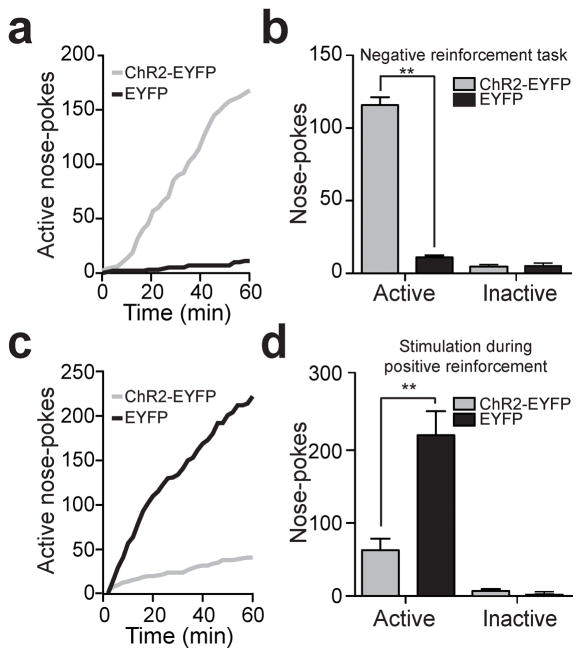Figure 3. Activation of LHb inputs to the RMTg produces active behavioral avoidance and disrupts positive reinforcement.
(a) Example cumulative records of active nose-pokes made by a ChR2-EYFP and an EYFP-expressing mouse to terminate LHb-to-RMTg optical activation. (b) Average number of active nose-pokes from one behavioral session in following training (> 4 days; t(10) = 20.52, p < 0.0001). There was no difference in inactive nose-pokes between the two groups (t(10) = 0.29, p = 0.78). n = 6 mice per group. (c) Example cumulative records of active nose-pokes made by a ChR2-EYFP and an EYFP-expressing mouse when optical stimulation was paired with the nose-poke to receive a sucrose reward. (d) Average number of active and inactive nose-pokes during positive reinforcement (t(14) = 4.01, p < 0.01). There was no difference in inactive nose-pokes between the two groups (t(14) = 1.22, p = 0.24). n = 8 mice per group.

